A clean boot state forces Windows operating system to start by using a minimal set of drivers and startup programs.
This will help you troubleshoot software conflicts that appear after you install a program, an update, or open a program in Windows.
An unstable Windows operating system should be diagnosed by performing a clean boot.

By using Clean Boot, you can determine if the OS is damaged by a third party app or a bad driver.
The Clean Boot State feature can be performed in all versions of Windows. It’s an excellent way to detect software conflicts in the operating system.
During default startup operations, several Windows applications, services, and third party programs start automatically and run in the background.
These include basic system processes, system utility applications, antivirus software and other third party apps.
Malware that hijacks your desktop can be prevented from running in the background by using a Clean Boot State.
This will allow you to start the cleaning process without any interference.
If malware prevents you from using desktop, you need to start in Safe Mode. Then restart in a Clean Boot environment.
STEPS TO PERFORM A CLEAN BOOT STATE
These steps apply to Windows 10, Windows 8.1, and Windows 8.
Windows 7 users can go here.
Please note that:
—Users must be signed in as an administrator to be able to perform a clean boot.
—Third party applications will temporarily lose functionality when you perform a clean boot. When you start the computer normally, the functionality returns.
—Network policy settings may not allow you to carry out these steps if your computer is connected to a network.
—If this is the case, do not use System Configuration Utility to change the advanced boot options on the computer unless a certified technician directs you to do this. Doing so may make the computer unusable.
1. On your keyboard press the Windows + R key. (This is a two step process.)
2. Type msconfig in the run window, then click OK.
3. This will bring up the System Configuration Utility. Click the button for Selective Startup.
4. Uncheck Load Startup Items.
5. Click on the Services Tab.
6. Click the box next to Hide All Microsoft Services. This will display all non-Microsoft services. Click Disable All to prevent them from starting up at next boot. Only Microsoft services will be running at start up.
7. Click Apply.
8. All third party Services will be disabled at next startup.
9. Click the Startup tab. Next click Open Task Manager.
10. Select each startup entry and click Disable. Close the Task Manager.
11. Click Ok to close System Configuration Utility.
12. Click restart to start the computer in a clean boot state.
TROUBLESHOOTING WINDOWS IN A CLEAN BOOT ENVIRONMENT
Once the computer has restarted, determine if the problem exists. If there are no problems then you can assume that it was a third party service. In order to narrow down the service responsible, follow these steps:
- Open up the System Configuration Utility. (Repeat steps 1-3 from above)
- Click the Services Tab.
- Checkmark by clicking Hide all Microsoft services.
- Click to select the upper half of the check boxes in the Service list. Click Ok.
- Restart.
No errors. Repeat again.
- Click to select the lower half of the check boxes in the Service list.
- Click Ok and Restart.
Break the services into small groups. Perhaps 5-10 services per group.
Follow this process until you can reproduce the error. If the problem shows up, narrow it down by unchecking one service at a time in that group.
Click Ok and restart again. Do this until you can find the service at fault.
If after turning on all the third party services do not reproduce the problem, check your startup programs.
Open up Task Manager by pressing Ctrl+Shift+Esc. Click the Startup tab.
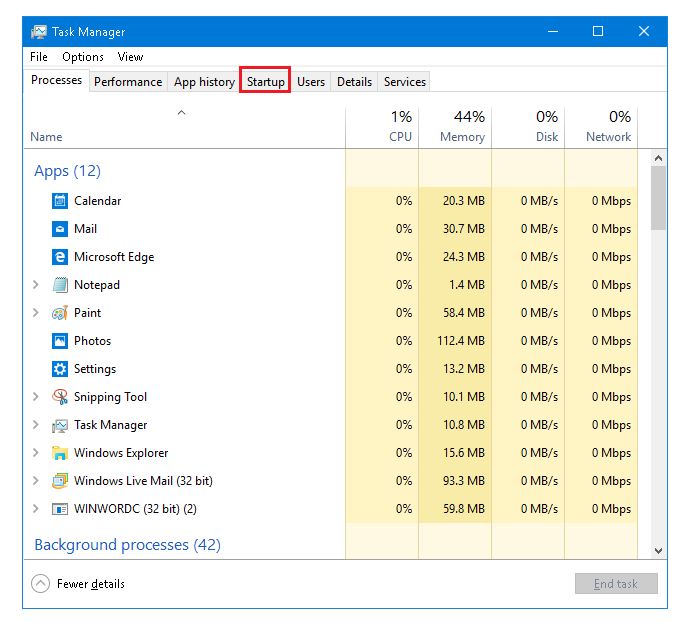

RESET COMPUTER TO NORMAL STARTUP AFTER CLEAN BOOT TROUBLESHOOTING.
After completing this diagnostic process, you can open up the System Configuration Utility and enable all third party services. Here are the steps:
1. On your keyboard press the Windows + R key.
2. Type msconfig in the run window, then click OK.
3. On the General tab, click the Normal Startup option.
4. Click the Services tab, click the box beside Hide all Microsoft services and then click Enable all.
5. Click the Startup tab, and then click Open Task Manager.
6. In task manager, enable all of your startup programs. Close the Task Manager.
7. Click Ok to exit out of the System Configuration Utility.
8. Restart your computer when prompted.
Leaving startup programs disabled will give you a speed boost. If you like, leave them disabled. Always leave your anti-virus program enabled.


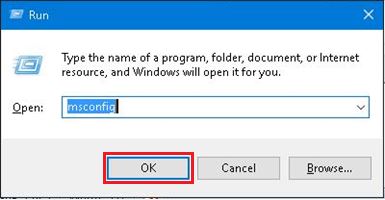

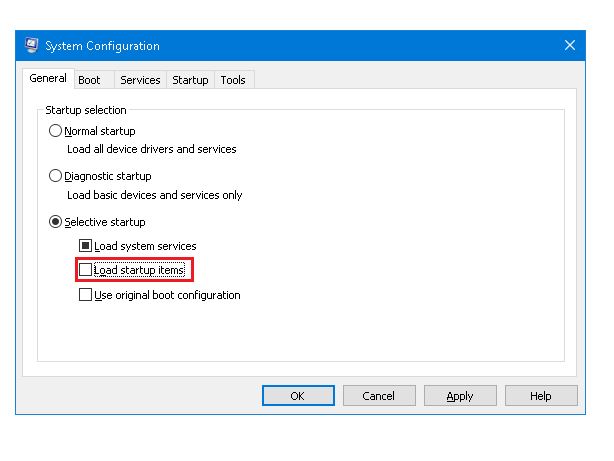

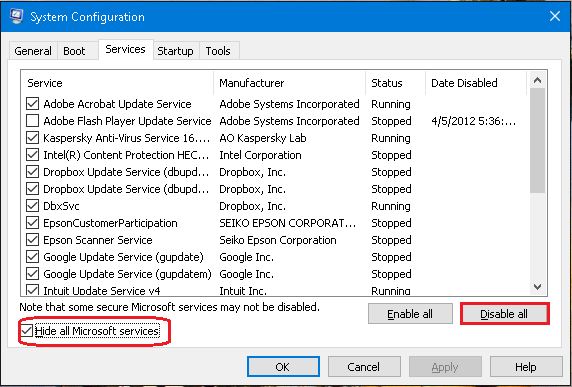


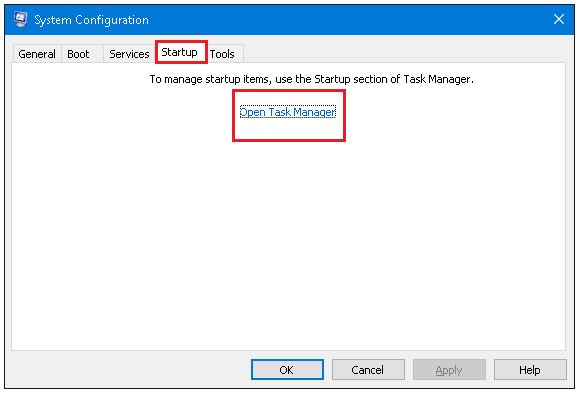
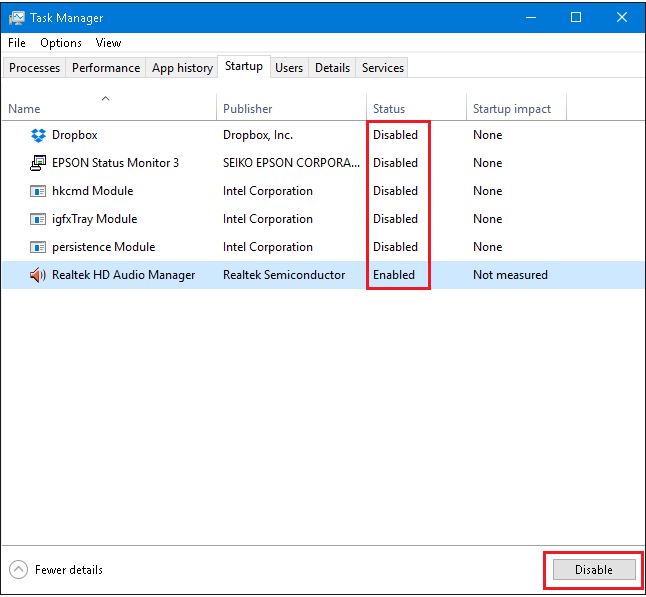
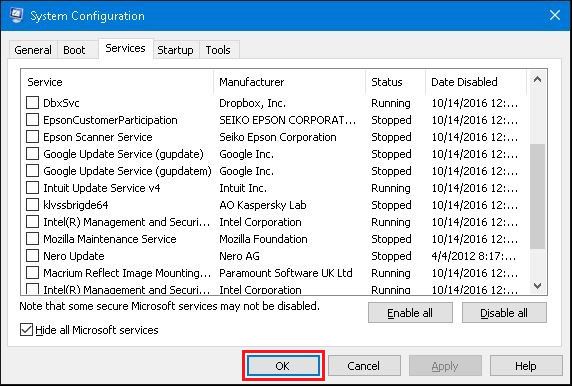
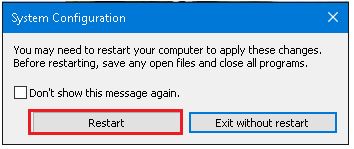
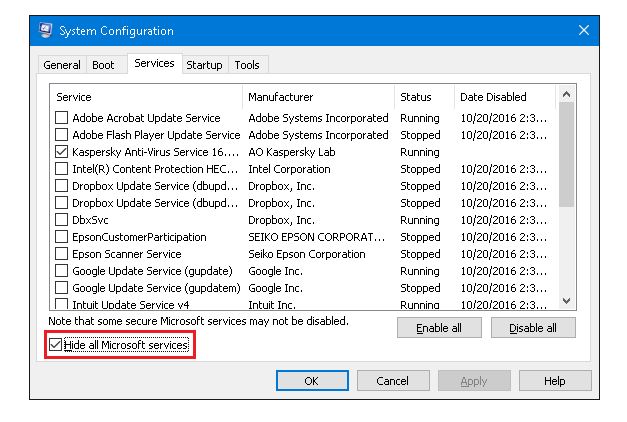

terrific post, thanks for writing this